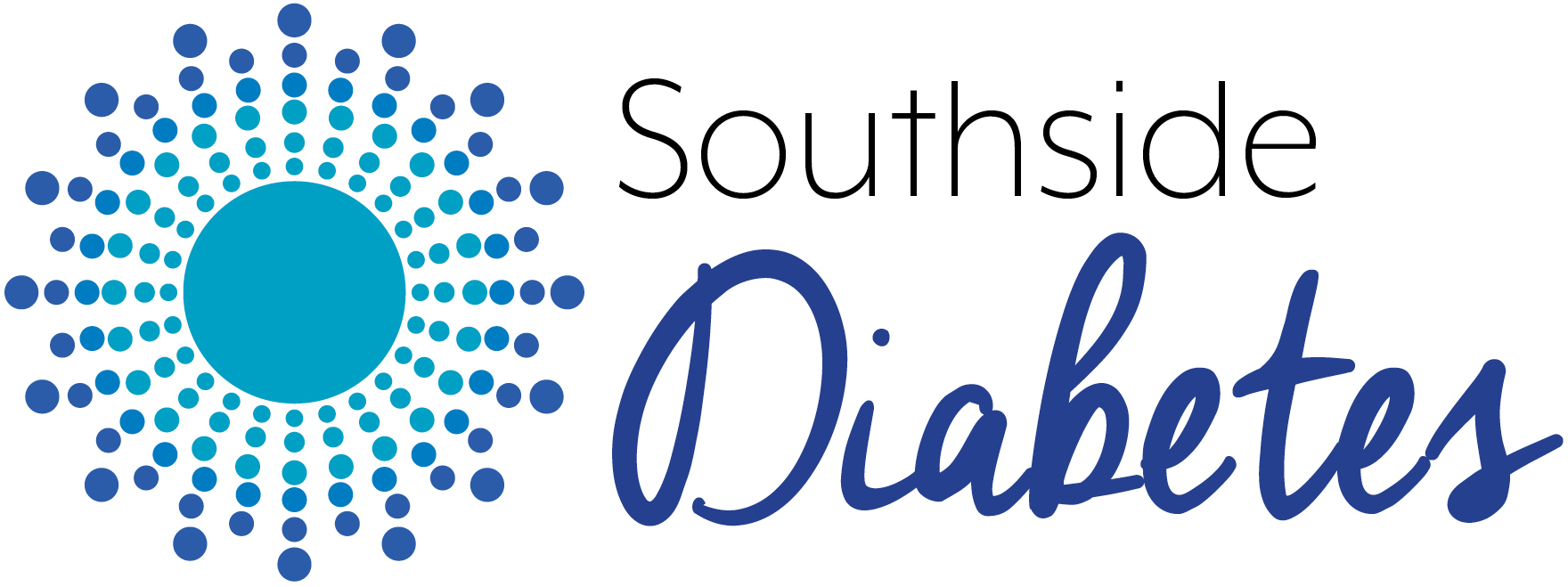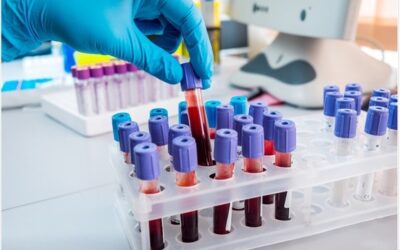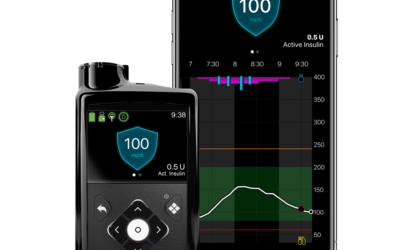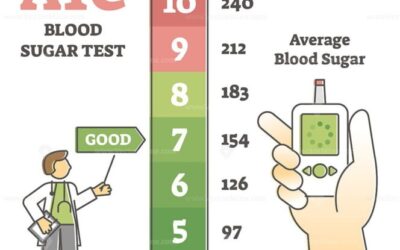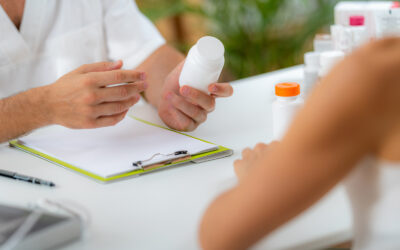
Diabetes Education
The path toward a deeper understanding of diabetes begins here. Southside Diabetes recognizes that the more knowledge you have, the more successful we will be at managing your diabetes. Our contemporary approach to management includes education and awareness.
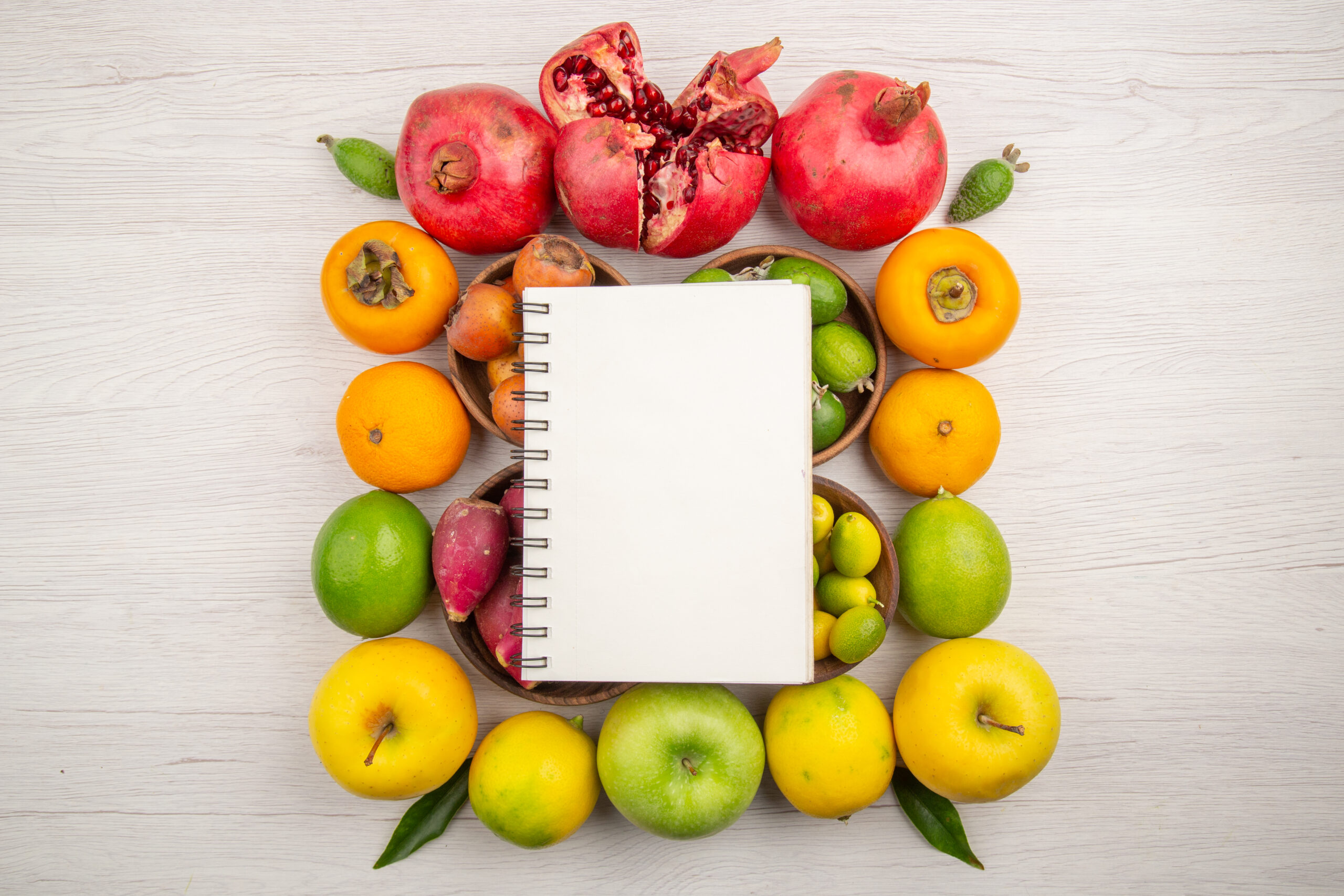
Frequently Asked Questions
How is diabetes diagnosed?
What are the signs and symptoms of diabetes?
What is hemoglobin A1c (HgA1c)?
A1c is a 90 day average of your glucose levels. Most diabetics should have an A1c between 6-7%, although this varies for each person. A1c does not tell us specifics about your glucose control, such as when your levels are high or low. This is why we ask you to bring your blood sugar meter or logs to each visit. This is also why continuous glucose monitor (CGM) or sensor data is valuable, so we can identify glucose patterns that may result in changes to your treatment plan. Reference the
Hemoglobin A1C Conversion Chart
| A1C | Average BG |
| 6.0% | 126 |
| 6.5% | 140 |
| 7.0% | 154 |
| 7.5% | 169 |
| 8.0% | 183 |
| 8.5% | 197 |
| 9.0% | 212 |
| 9.5% | 226 |
| 10.0% | 240 |
| 10.5% | 255 |
| 11.0% | 269 |
| 11.5% | 283 |
| 12.0% | 298 |
What are my blood glucose and A1c targets?
What is hypoglycemia?
What is hyperglycemia?
What causes high blood glucose?
This can be related to any number of things. As a type 1 diabetic, high blood sugar can be caused by diet or a lack of exogenous (or external) insulin. As a type 2 diabetic, it can be diet or lack of insulin like a type 1, but also because of insulin resistance. Other things like steroids, infection, or stress can cause high blood sugars. It’s important to call your healthcare provider to discuss high blood sugars so we can best diagnose and treat the issue.
What is the difference between T1 and T2 diabetes?
Type 1 diabetes is an autoimmune condition you’re born with. However, you can be diagnosed with type 1 diabetes at any stage in life. Blood tests ordered by the nurse practitioner will confirm this. Type 2 diabetes can be diagnosed in children, teens, or adults. The causes of Type 2 diabetes are a combination of environmental and genetic factors. Some things you can’t outgrow, such as gender, age, and ethnicity (genetics). Environmental factors include diet, weight, and exercise. Talk to your nurse practitioner to see how best our team can support you.
Will I need medication or insulin to control my diabetes?
Why are there different kinds of insulin?
There are four types of insulin: long-acting, intermediate-acting, short-acting, and rapid-acting. Each type of insulin works differently than another. It is not uncommon to pair two different kinds of insulin together to manage your diabetes. See below
| Type of Insulin | Description | Medications |
| Long-acting |
Taken once daily (sometimes two) Peaks (or max effect) 4-6 hours after injection Lasts 24-32 hours |
Levemir®, Lantus®, Basaglar®, Semglee®, Tresiba®, Toujeo® |
| Intermediate-acting |
Usually taken twice daily Peaks 2-3 hours after injection Lasts 8-12 hours |
Novolin® NPH, Humulin® NPH |
| Short-acting |
Taken before meals and as needed for high glucose Peaks 2-3 hours after injection Lasts 4-5 hours |
Humulin® Regular, Novolin® Regular, Humulin® Regular U-500 |
| Rapid-acting |
Taken before meals and as needed for high glucose Peaks 1.5-2 hours after injection Lasts 3-4 hours |
Humalog® (lispro), Novolog® (aspart), Fiasp®, Lyumjev®, Apidra® |
| Mix (Combination of short and intermediate, or rapid and intermediate) |
Taken twice daily: before breakfast and before dinner Two peaks: 1.5-3 hours then 4-8 hours after injection Lasts 8-12 hours |
Humulin® 75/25, Novolin® 70/30, Humalog® 75/25, Novolog® 70/30 |
Does taking insulin mean I’m a “bad” diabetic?
Does weight loss surgery reverse diabetes?
Do I need glucagon and ketone strips?
If you use insulin (including injections and pumps), you should have glucagon and ketone strips on hand at all times. If your blood sugar drops too low that you cannot eat or drink anything, or if you pass out, glucagon is an emergency medication that can be injected into the fatty tissue in your body to make your blood sugar level rise quickly. Some patients can inject themselves but most people require someone else to inject the glucagon for them. You should have a snack or a meal within 15 minutes of injecting the glucagon to prevent your blood sugar from dropping again.
Ketone strips should be used to test your urine for ketones if your sugar is much higher than usual and not coming down, such as when you’re sick or using medications such as corticosteroids. Urinate into a clean cup, dip the ketone stick into your urine, and wait about 1 minute for the blocks on the strip to turn colors. Compare the colors on the strip to the colors on the bottle label. If you have mild, moderate, or high ketone levels (1-4+), you should go to the emergency room. Elevated ketone levels may indicate the onset of diabetic ketoacidosis (DKA) which is a medical emergency.
What complications are associated with diabetes?
Many people are surprised to learn that diabetes isn’t just “high sugar”. It increases your risk for heart disease, kidney disease (nephropathy), nerve damage (neuropathy), hearing loss, vision problems and even blindness (retinopathy). Diabetes can also affect your skin, feet, and nails. These complications can be prevented or reversed with improved blood glucose control.
What is diabetic ketoacidosis (DKA)?
DKA used to only be associated with type 1 diabetes, but it’s also a possibility for type 2 diabetics – even though it’s rare. The acid in your blood builds up and throws off the rest of your electrolytes like sodium and potassium, which can cause important organs like your heart not to work correctly. This is a medical emergency; you should go to the hospital and plan to stay for a few days. Only intravenous (IV) fluids and correction of your blood sugars with insulin will correct this. You must control your blood sugars to prevent this from happening again. Too many episodes of DKA can cause organ failure and death.
What is prediabetes?
Prediabetes should be called stage I diabetes. Your blood sugars are too high to be normal, but without lifestyle modifications you will surely be a diagnosed type 2 diabetic. Lifestyle includes committed, lifelong modifications you can stick to: healthy diet, regular exercise, and a healthy weight. Prediabetes can be managed with lifestyle alone, but can quickly and easily morph into type 2 diabetes if left unchecked.
Diabetes Resources
Southside Diabetes Blog
Pharmacogenomic Testing
Pharmaco-whaaaa??? Pharmacogenomic testing lets us figure out which medications work with your DNA (or genetics) and which do not. In this case, we are comparing your DNA to any psychiatric mental health medication approved for use by the Food & Drug...
Traveling with Diabetes: What’s in your bag?
Travel can be a source of uncertainty and anxiety for many people with Diabetes. It can require multiple devices and medications to properly manage the disease process and sometimes patients need a little guidance on what to pack. As a nurse and Diabetic, I have made...
Diabetic Retinopathy
Guest post by Dr. Dylan Belt, ODEye Care 108108 W 2nd Ave.Franklin, VA 23851eyecare108.com P: 757-562-4321F: 757-562-3378 Accepting new patients! Why do I need an eye exam if I have diabetes? Diabetes is the number one cause of...
Is There A Cure For Diabetes?
The short answer is no. For the long answer, keep reading… The most common therapy touted as a cure for diabetes is weight loss (bariatric) surgery. Most patients lose an average of 25-40% of their total body weight after bariatric surgery. As patients lose rapid...
Common Lab Tests
Your healthcare provider always asks when you’ve last had labs done, and you feel like you’re getting poked and prodded every time you turn around … but WHY?! Even though we specialize in diabetes, most of the labs we monitor at Southside Diabetes are similar and/or...
Sugar Substitutes
Aspartame and saccharin and sucralose, oh my! With so many “zero sugar” options marketed as healthier options, what’s a person to do?! First things first. Portion control and moderation. Too much sugar isn’t good, nor is too much sugar substitute. And as always, get...
Insulin pump versus insulin injections
One of my favorite topics – insulin pumps! I use insulin pumps for type 1 and type 2 diabetics. Insulin pumps have historically been used for type 1 diabetes, but I began using them for any diabetic requiring insulin over 5 years ago and I’ve never looked back. Here...
What is the difference between blood sugar and HgbA1c?
Dr. Stallings here. I love to hate A1c. Give me sensor glucose data any day! We have 3 choices when it comes to measuring blood glucose control: Finger stick blood sugar checks HgbA1c Sensor glucose Recent research has confirmed that sensor glucose is the most...
What is Diabetes?
This is the most common question that people don’t ask. Most folks assume that because they have high blood sugar, they have diabetes, or vice versa – because they have diabetes, they have high blood sugars. The reality of diabetes is that – at least for type 2...
Why I Like and Use Thorne Supplements
by Dr. Dana Stallings I have never been a vitamin girl. I’ve been told to take vitamins many times over the years, but never listened. That’s because I went to the drug store, bought the cheapest option on the shelf (that mess is expensive!), and noted exactly zero...
Contact Us
Office
Southside Diabetes
1337 Armory Drive
Franklin, VA 23851
Hours
Tues - Fri: 8-5pm
Sat, Sun & Mon: Closed
Phone
(757) 659-9903
Fax
(833) 471-5922
